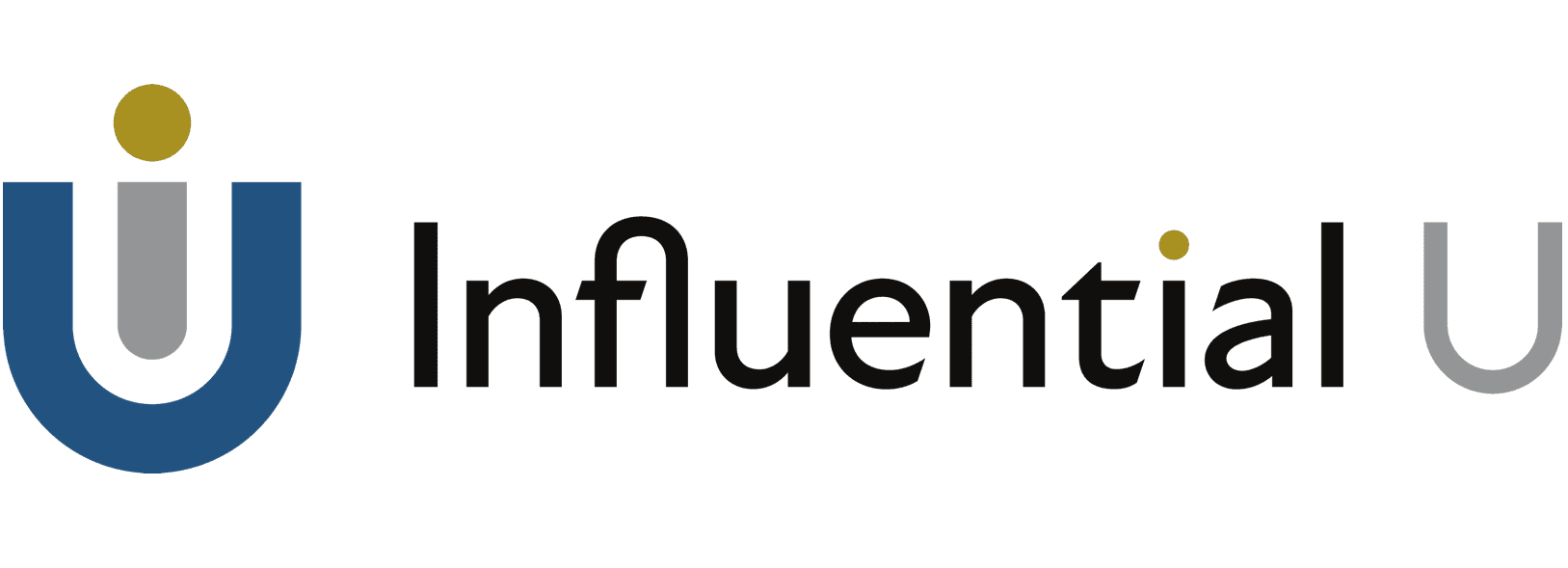It may seem that friction and dysfunction are a normal part of business because that’s the way it is – people are people, right! In my experience, this is particularly the case in the construction sector. Missed deadlines, delays with subcontractors, variations, cost overruns – sounds familiar, doesn’t it?
All of this leads to pressure and stress, and disaffection by team members, who often try to resolve their issues by looking for greener pastures. This impacts the pressure and stress on those that remain and results in declining productivity.
You’ll notice this as constantly fighting fires and the erosion of margins, but it doesn’t have to be this way.
Several areas to focus on:
Find the impediment
Any transaction (a reciprocal exchange) will have some degree of impediment or friction. When will they be ready for me on site? Who needs to make that decision? Why can’t they just do what they agreed to do? We complain about our frustrations, but rarely do we do anything meaningful about them – we just accept, “that’s the way it is”.
Uber is a good example of how it transformed its industry by looking for friction points. At every step in the transaction, they looked to remove the friction and improve the customer experience. Compare Uber with a taxi. Essentially, it’s the same service, but the customer experience is vastly different.
Where there’s an impediment, there’s complexity. Creating simplicity requires doing the detailed work of identifying all the nested transactions and ensuring each is completely thought through so that the impediment is removed.
Call out the friction
We all have a different viewpoint on the world which means we see or hear things differently. We each have an asset, be it generating ideas, relating to people, getting things done, or looking for evidence as to why something will or will not work. Friction occurs when that asset is used at an inappropriate time. The asset turns into a liability!
Have you been in a meeting when someone was itching to do something, but what was to be done hadn’t been decided yet? Or a good idea was put forward and immediately shot down by someone demanding evidence that it would work?
We’re not that good at meeting or collaborating, judging by the degree of friction and dysfunction found in project meetings or contract negotiations, etc. Driven by our worldview (our transactional personality), we participate as we only know how to and may be unaware of our liability in such situations.
Instead of emotion or ego being the dominant force in a meeting or project, perhaps we could start by ascertaining where we are in the transaction. Understanding that and then using the appropriate transactional personality for that part of the transaction to address what is needed to progress will bare far greater fruit. In organisations where transactional personality is utilised in shaping activity, things go faster, much faster … because there is less friction and dysfunction.
Play to strengths
My strength is ideas. I’m good at that, but I learned the hard way that sometimes (in certain parts of a transaction), ideas are not what’s called for, so I learned to “stay in my lane” and let others play to their strengths. On the flip side, one of my weaknesses is, that having come up with a good idea, I jump straight into the action. I can see the result and “know” how things should be, so just get on with it. The problem is that I skip parts of the transaction and that causes all sorts of problems (fires) that have to be fought.
Each of the four transactional personalities does this in their own unique way. A transaction comprises four main phases (and is aligned to the four transactional personalities); (a) we invent something, (b) invite someone to consider it, (c) fulfill the objective, and (d) assess the value of the transaction, and then we’re back to (a), reinventing the transaction. When we skip a phase, as I have described above, this is the genesis of all our issues.
As an idea person, I love to invent something (a) but, if not checked, tend to skip (b) getting buy-in from those who will be involved, going straight to action (c) and then again skipping (d) the assessment of value. I’m utilised more effectively when surrounded by other personalities who use their superpowers in such a way that supports my shortcomings.
Can you see yourself in this (or a similar) pattern?
We all have untapped value. Unfortunately, most transactions aren’t structured to harness the best ideas, utilise compelling narratives, use systemic structures, or consider persuasive evidence. We just don’t know the framework to structure our meetings, systems, or organizations in ways that harness true value.
Consider the transaction cycle
When in a project team, or any other team for that matter, a transaction cycle is an excellent guide. Start by asking, “where are we in this transaction” and therefore, based on the most appropriate transactional personality, “who’s leading.”
Just like in a relay race, where the baton is passed, the framework of the transaction cycle allows valuable players on a project to be employed as needed (where they can play to their strengths), thus removing the friction and dysfunction. Taking this approach enables the team to:
- Build a context for collaboration that can scale from small to large, complex projects
- Utilise the asset (and minimise the liability) of each individual’s Personality and Transactional Behaviour™
- Coordinate action; project meetings and cross-functional projects go faster, easier, and smoother
If you want to do more … a lot more, with less time and effort, then a transaction cycle as a framework is something to consider. For teams, not only will overall productivity improve but individually, each person is likely to experience greater fulfillment and satisfaction with their role in that team.
John Baigent is an experienced property developer, business consultant and senior faculty member at Influential U where he teaches business professionals the philosophy and practice of Transactional Competence™, a set of core competitive skills not taught in business school. He has completed the entire Influential U curriculum and participates in our Legends Program.



